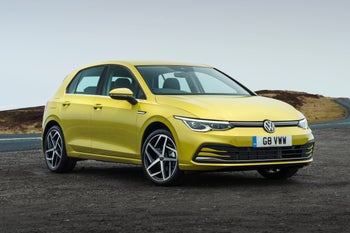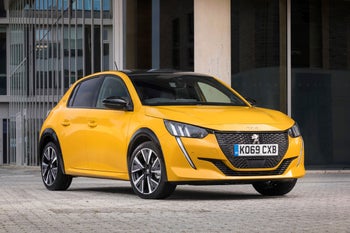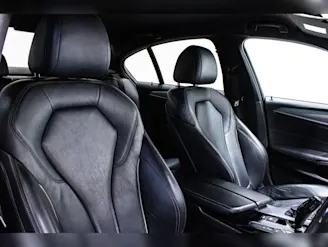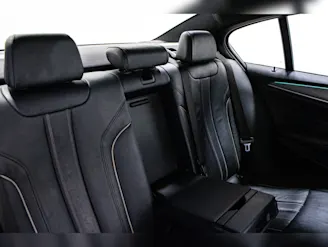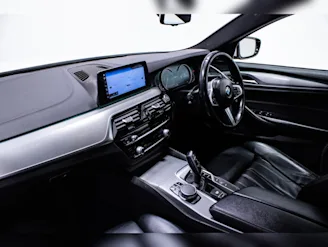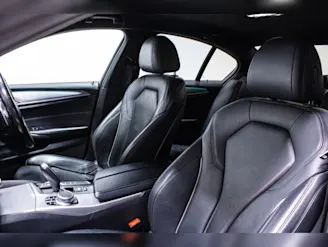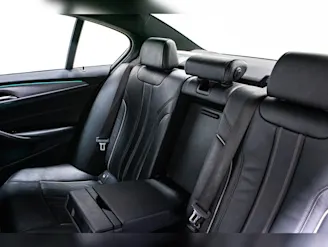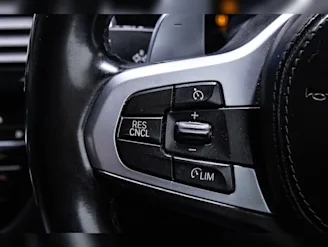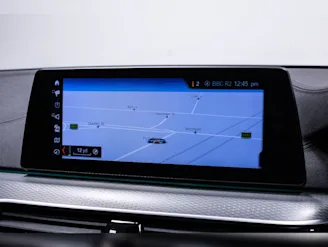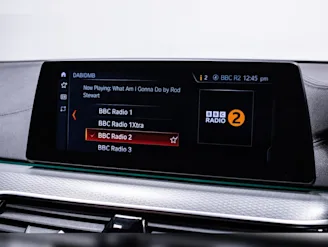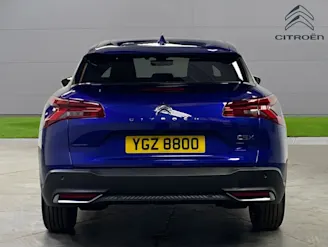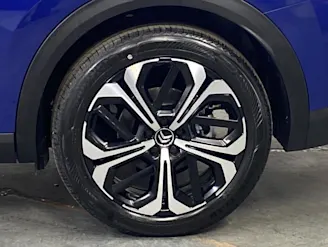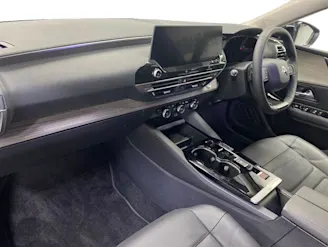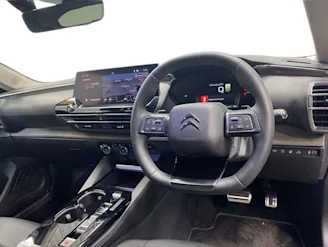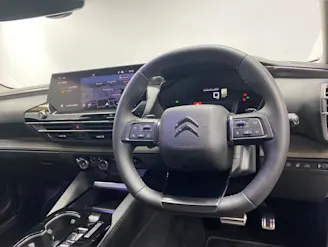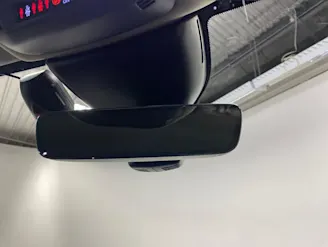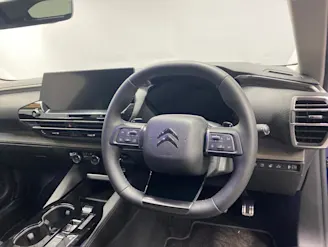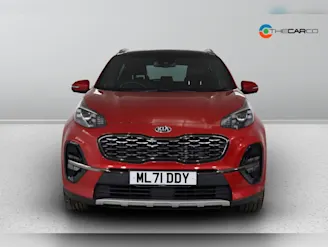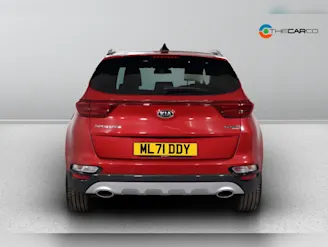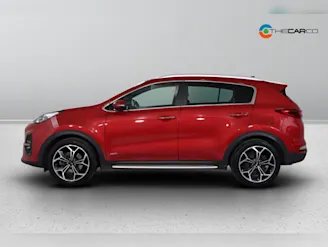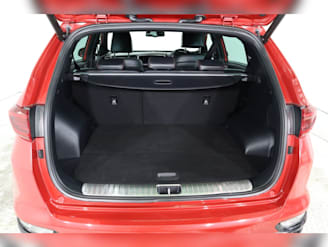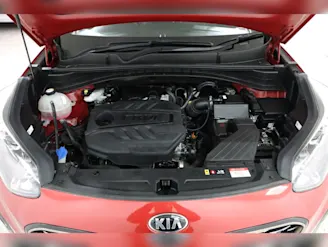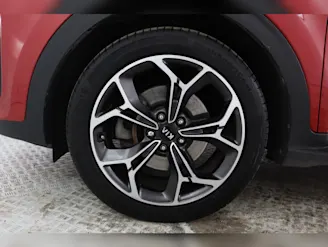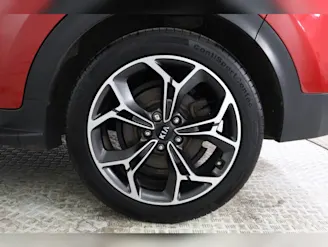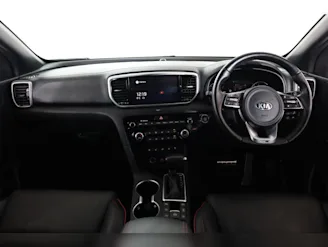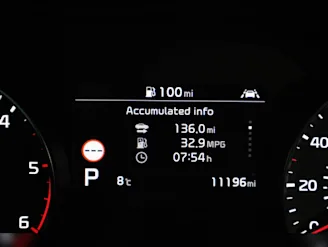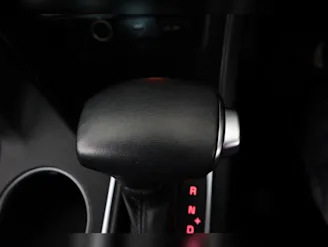- Guides
- What is RDE2 compliance?
What is RDE2 compliance?

Written by
Phil Hall
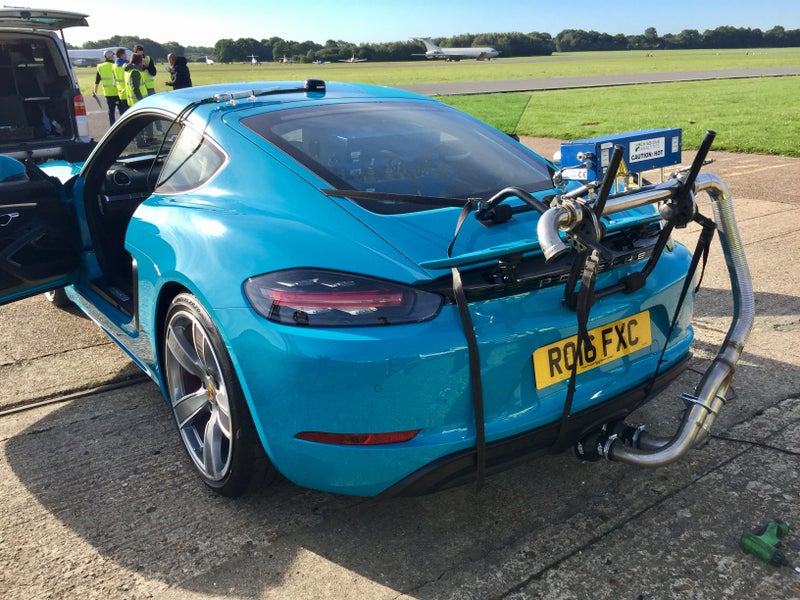
RDE2 (formerly RDE) stands for Real Driving Emissions step 2. It’s the new real-world testing procedure that all newly launched cars must meet.
It provides a direct correlation between the emissions a car achieves in the lab under WLTP (Worldwide Light vehicle Testing Procedures) and during normal driving on the road.
Why was RDE2 introduced?
RDE2 testing was introduced to bring a correlation between WLTP fuel economy and emissions findings and the figures you can expect to see on the road. WLTP figures were much more accurate than the old NEDC (New European Driving Cycle) testing, but because they are carried out in the lab, they’re still very hard to replicate on road driving.
RDE2 also makes it impossible for manufacturers to manipulate figures, which has happened in the past.
What exactly is the RDE test?
Before the RDE tests came along, car’s emissions were measured in the laboratory – this had its advantages, the tests were relatively cheap to carry out and each engine could be put through exactly the same cycle with no room for human error.
Unfortunately, these tests also gave results that were almost impossible to replicate by a human driving on the road. This was particularly true of the old NEDC test, but even the newer and more thorough WLTP testing isn’t infallible.
That’s where the RDE test comes in because unlike the NEDC and WLTP lab tests, RDE is carried out on the road with testing gear hooked up to the exhaust and a human in the driving seat – to give results that you can expect to replicate in normal driving.
The RDE1 test was launched in September 2017 and became mandatory a year later, it meant that the car had to get within 2.1 times the NOx figures produced under laboratory conditions while driving on the road.
These relatively lax targets were designed to give manufacturers the time to adapt their cars to the tough new testing regime.
January 2020 saw the harder RDE2 testing phased in. Under RDE2 all new cars launched on or after January 2020 need to get within 1.5 times the WLTP emissions figures when driven on the road.

How is the RDE2 test carried out?
The RDE test operates in the opposite way to the NEDC and WLTP lab tests – instead of the engine being taken out of the car and brought to the laboratory, the testing gear is taken out of the lab and brought to the car.
The kit used is a Portable Emissions Measuring System (or PEMS, because we need another acronym), it hangs off the back of the car and is plugged directly onto the exhaust. It measures NOx and soot known as particulates – both nasty stuff that causes respiratory problems and early death.
The car is then driven on a mixture of roads – town, country and motorway – up and down hill, the results are then calculated using software that makes adjustments for weather and traffic conditions to provide the most accurate results possible.
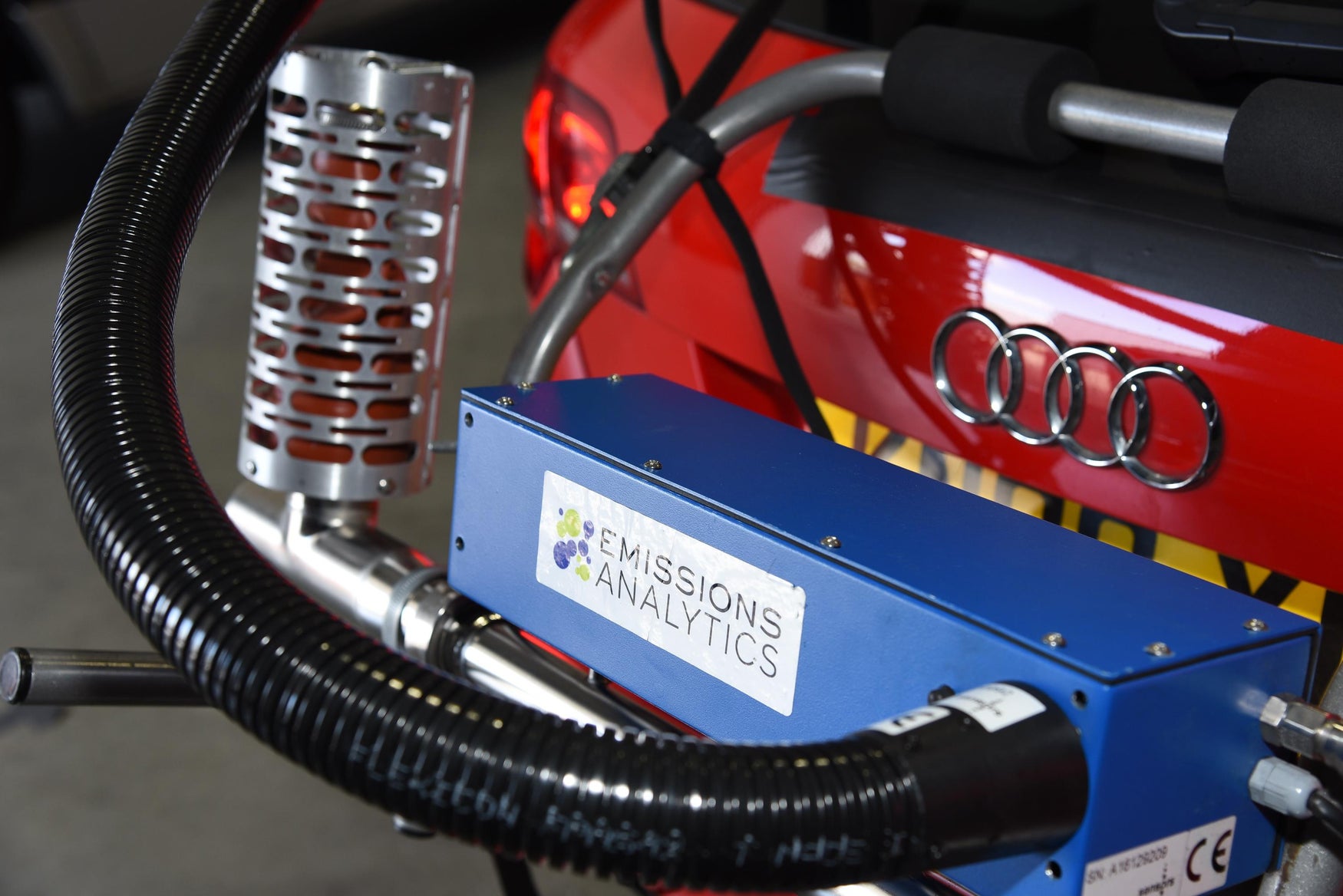
Are the RDE2 tests really that much more effective?
In a word – yes. RDE testing has shown cars to produce up to 12 times the amount of NOx gases measured under WLTP lab tests.
Meanwhile, of the 131 Euro 6 compliant diesel cars tested by real-world testing experts Emissions Analytics back in May 2017, only 15 met their NOX threshold under real world conditions.
Not only will RDE2 testing give governments a much clearer picture on how much harmful emissions cars produce, it also means we can buy cars confident that they’re as clean and as fuel efficient as they claim to be.
How does RDE2 affect the VED tax you pay?
In the 2017 autumn budget it was announced that diesel cars that don’t conform to RDE2 emissions standards will be treated as though they sit in the group above for VED (Vehicle Excise Duty).
For example, an older Ford Focus 1.5-litre diesel produces 118g/km of CO2 emissions so it should qualify for band 111-130g/km road tax of £175 in the first year. But, because it’s not RDE2 compliant, it actually sits in band 131-150g/km and costs £215 to tax in the first year.
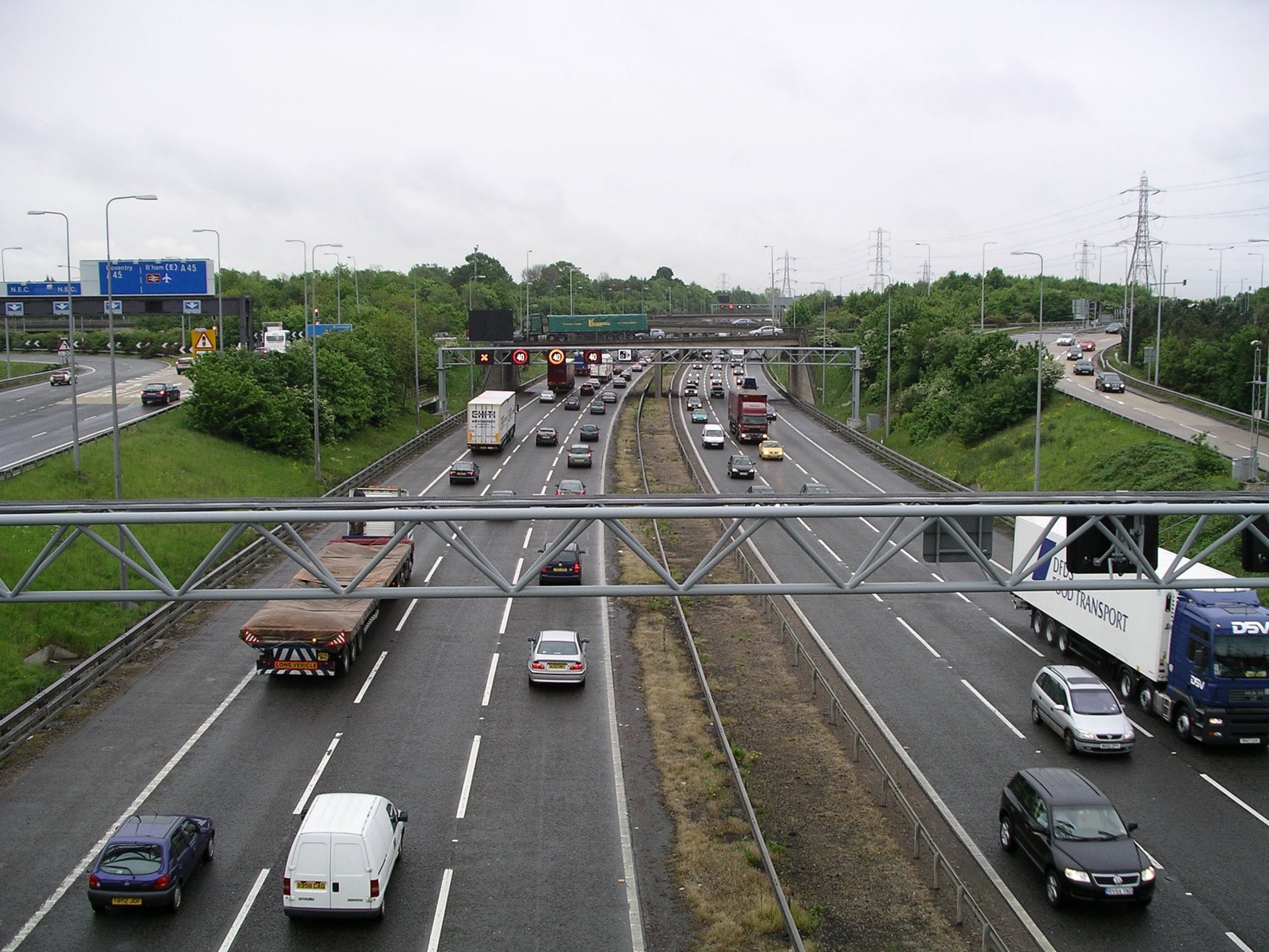
Why is RDE2 important for company car drivers?
RDE2 has only been a requirement for newly designed cars since January 2020 but doesn’t come into force for all newly registered cars until January 2021. But why does this matter if you’re a company car driver?
Well, RDE2 cars qualify for a 4% tax break in the first year – none RDE2 diesels are calculated as if they sit in the tax band above – that could save you a lot of money.
Compare the Ford Focus 118PS diesel to the Vauxhall Astra 122PS diesel. The latter qualifies for the 4% BIK tax break – you’ll pay a 26% rate versus 31% in the Ford, saving you around £500 in the first year. Significant on two cars that would cost roughly the same to buy outright.
RDE1 (Real Driving Emissions step 1) was a stepping stone to RDE2 designed to make it easier for manufacturers to comply to WLTP (World Light Vehicle Testing Procedure) figures. RDE1 cars can produce up to 2.1 times the NOx figures returned by WLTP lab testing.
All new cars are tested under RDE2 and WLTP. However, petrol cars that comply aren’t subject to the same tax breaks as diesel models, diesels that pass RDE2 qualify for a 4 per cent BIK (Benefit in Kind) company car tax break and are also cheaper to tax privately.
Emissions Analytics -Euro 6 emissions standards must be met by all new cars. RDE2 (Real Driving Emissions step 2) is how these emissions are measured – in the real world with testing gear hooked up to a car driving on the road.
find a low emissions car
Popular cars for sale
- Audi A1 for sale
- Audi A3 for sale
- Audi A4 for sale
- Audi TT for sale
- Audi Q3 for sale
- Audi Q5 for sale
- Audi Q7 for sale
- BMW 1 Series for sale
- BMW 3 Series for sale
- BMW X3 for sale
- BMW X5 for sale
- Fiat 500 for sale
- Ford Ka for sale
- Ford Fiesta for sale
- Ford Focus for sale
- Ford Puma for sale
- Ford Kuga for sale
- Ford Transit Custom for sale
- Ford Ranger for sale
- Jaguar XF for sale
- Kia Sportage for sale
- Land Rover Defender for sale
- Mercedes A Class for sale
- MINI Countryman for sale
- Nissan Juke for sale
- Nissan Qashqai for sale
- Nissan Navara for sale
- Range Rover Sport for sale
- Range Rover Evoque for sale
- Range Rover for sale
- Renault Clio for sale
- SEAT Ibiza for sale
- Suzuki Jimny for sale
- Toyota Hilux for sale
- Toyota Aygo for sale
- Vauxhall Corsa for sale
- VW Polo for sale
- VW Golf for sale
- VW Tiguan for sale
- VW Caddy for sale
